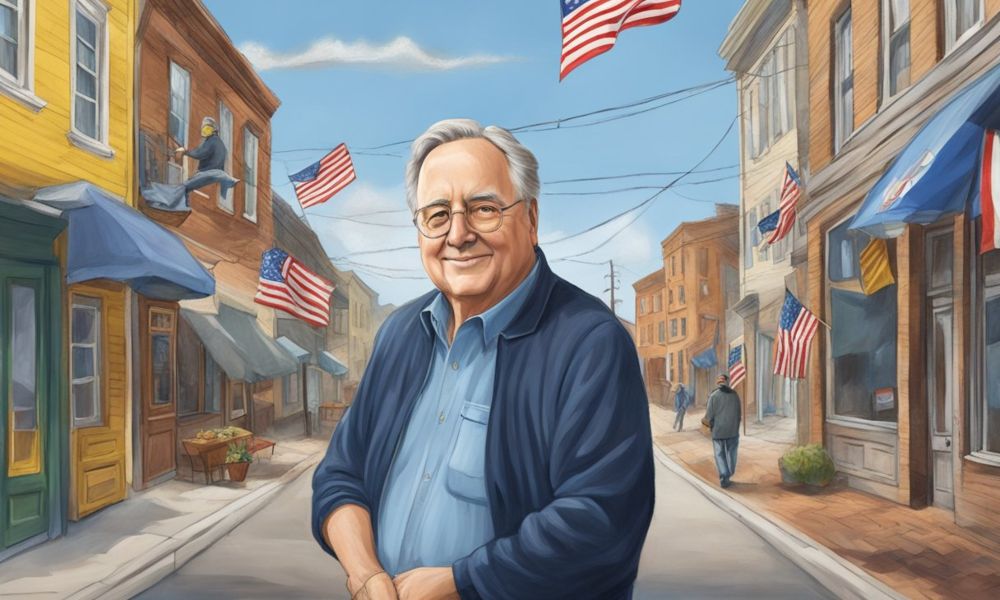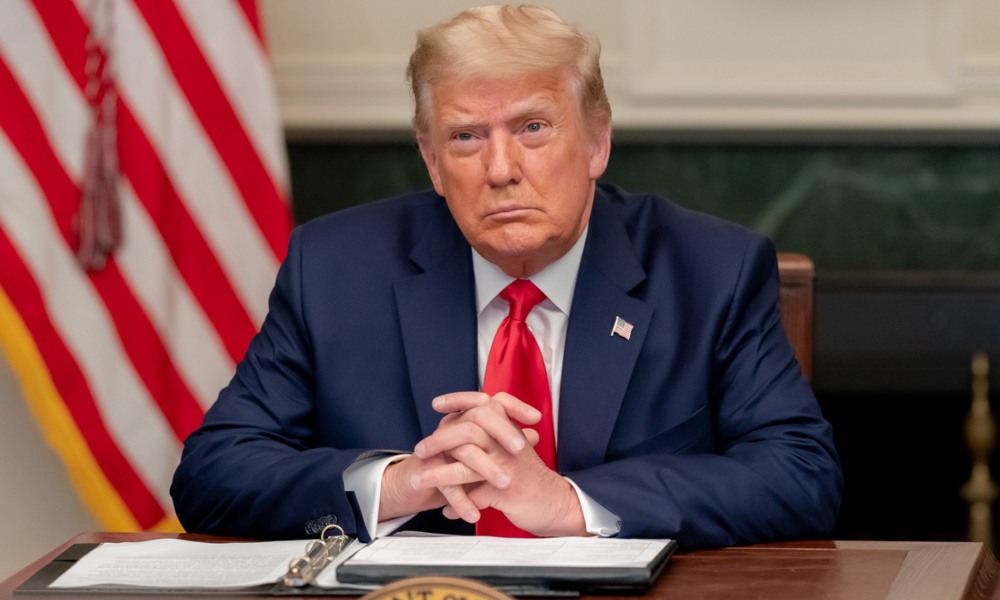Are new cars becoming unaffordable for regular people? Some experts think so, and they have good reasons why. Here are the key points:
- Long commutes and high costs are making car ownership hard for many
- Public transit is often proposed as an alternative, but has big downsides
- Experts say relying on cars is still necessary for most people’s lives
Can public transit really solve this crisis? Or do we need to find another way to make cars affordable again? Let’s take a closer look.
The High Cost of Cars and Commuting
Having a personal vehicle is almost essential for people’s lives these days. We need cars to get to work, take kids places, run errands, and more. But that mobility comes at a high price.
Long commutes trapped in traffic make many people miserable. The huge trucks and SUVs Americans love don’t help the climate crisis either. And with car prices skyrocketing, purchasing or leaning a new ride is out of reach for countless families.
Why Public Transit Isn’t the Perfect Solution
Some say investing more in trains, buses, and other public transportation is the answer. But according to experts, that’s an oversimplified solution with major downsides.
“Anyone with common sense will tell you investing in public transit is never a little investment,” said Randal O’Toole from the Cato Institute. He points out that even one new light rail line in Charlotte, North Carolina could cost taxpayers $674 million.
O’Toole and others argue public transit isn’t very practical for suburban and rural areas where most Americans live. There are also growing safety concerns about crime on subways, buses, and trains in many cities.
Cars Still Necessary for Most People’s Lives
While a huge investment in public transit could help some urban dwellers, experts say most people will remain heavily reliant on personal vehicles.
“How are we going to get children to doctor appointments, after-school activities, the grocery store?” asked O’Toole. “I don’t see any way around needing a car for most Americans’ daily lives.”
Even in big cities like New York, many companies provide services like Uber for employees who can’t easily take public transit to work. The convenience and flexibility of personal car ownership is very difficult to match.
Finding an Affordable Way to Keep Driving
So if public transit can’t fully replace the need for personal cars, how can we make owning a vehicle affordable for the average family again?
Experts have some ideas like incentives for buying efficient, modestly-sized cars instead of gas-guzzling trucks and SUVs. But ultimately, figuring out how to keep transportation costs in check for working-class Americans is crucial.
Are new cars becoming unaffordable for regular people? Some experts think so, and they have good reasons why. Here are the key points:
- Long commutes and high costs are making car ownership hard for many
- Public transit is often proposed as an alternative but has significant downsides
- Experts say relying on cars is still necessary for most people’s lives
Can public transit solve this crisis? Or do we need to find another way to make cars affordable again? Let’s take a closer look.
The High Cost of Cars and Commuting
Having a personal vehicle is almost essential for people’s lives these days. We need cars to get to work, take kids places, run errands, and more. But that mobility comes at a high price.
Long commutes trapped in traffic make many people miserable. The huge trucks and SUVs Americans love don’t help the climate crisis either. And with car prices skyrocketing, purchasing or learning a new ride is out of reach for countless families.
Why Public Transit Isn’t the Perfect Solution
Some say investing more in trains, buses, and other public transportation is the answer. But according to experts, that’s an oversimplified solution with significant downsides.
“Anyone with common sense will tell you investing in public transit is never a little investment,” said Randal O’Toole from the Cato Institute. He points out that even one new light rail line in Charlotte, North Carolina, could cost taxpayers $674 million.
O’Toole and others argue public transit could be more practical for suburban and rural areas where most Americans live. There are also growing safety concerns about crime on subways, buses, and trains in many cities.
Cars Still Necessary for Most People’s Lives
While a massive investment in public transit could help some urban dwellers, experts say most people will remain heavily reliant on personal vehicles.
“How are we going to get children to doctor appointments, after-school activities, the grocery store?” asked O’Toole. “I don’t see any way around needing a car for most Americans’ daily lives.”
Even in big cities like New York, many companies provide services like Uber for employees who can’t easily take public transit to work. The convenience and flexibility of personal car ownership are tough to match.
Finding an Affordable Way to Keep Driving
So, if public transit can’t fully replace the need for personal cars, how can we make owning a vehicle affordable for the average family again?
Experts have ideas like incentives for buying efficient, modestly-sized cars instead of gas-guzzling trucks and SUVs. But ultimately, figuring out how to keep transportation costs in check for working-class Americans is crucial.
What solutions would allow people to reliably commute, run errands, and meet their transportation needs without going broke? Solving this growing crisis may determine the quality of life for millions.
















